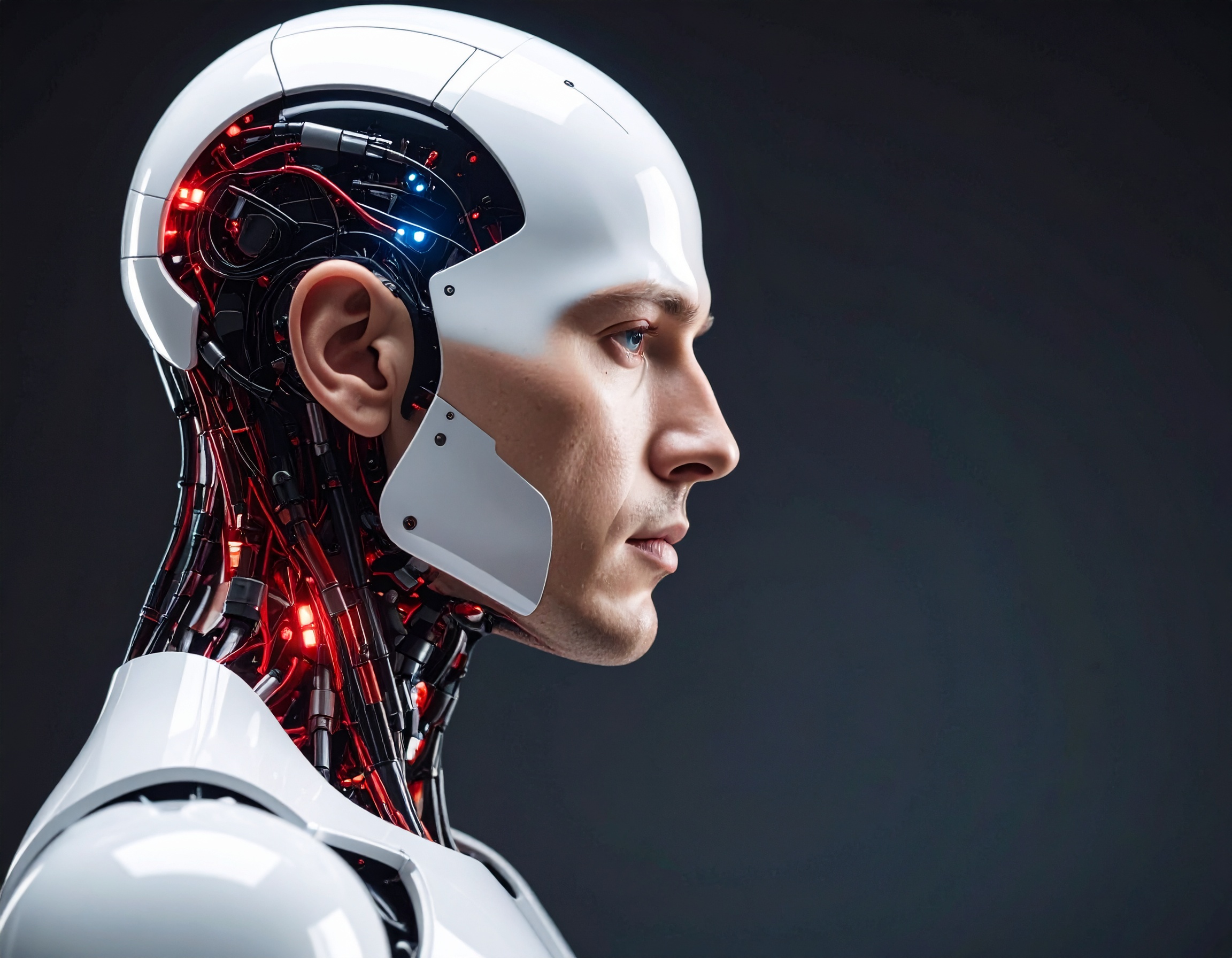Revolutionizing Robot Movement: New Imitation Learning Framework Enhances Quadruped Locomotion

A revolutionary imitation learning framework was unveiled on December 6, 2024, to significantly enhance the locomotion capabilities of quadruped robots. This development is poised to improve the efficiency and versatility of robots in various industries, particularly in tasks requiring agile movement across diverse environments.
What Is Imitation Learning and How Does It Work?
Imitation learning is a powerful machine learning technique that enables robots to learn complex movements by observing and mimicking experts. In this new framework, quadruped robots can analyze the motions of humans or animals, adapting those actions to improve their own walking, running, or climbing abilities. This process involves real-time motion tracking and sophisticated analysis, enabling the robot to fine-tune its movements with minimal human input.
The system's ability to learn from observation allows for faster training and better performance. This means robots can adapt quickly to new tasks, enhancing their efficiency in real-world applications.

Why This Breakthrough Matters
The new framework is a major advancement because it allows quadruped robots to move more naturally and effectively, even in challenging environments. This technology is particularly valuable for industries where agility is crucial, such as search-and-rescue operations or agricultural applications. With the ability to adjust to different terrains and situations, these robots can become more autonomous, reducing reliance on human intervention.
Furthermore, by streamlining the learning process, robots can be deployed more rapidly and efficiently, helping industries to increase productivity and reduce operational costs. The ability of robots to improve their locomotion without extensive human guidance paves the way for a new generation of non-human workers capable of tackling more complex tasks.

The Future of Autonomous Robots
This new development is just the beginning of what could be a major transformation in the use of robots. As the imitation learning framework continues to evolve, we can expect robots to become even more adaptable, capable of handling a wider range of tasks in environments that demand high mobility. In the near future, we may see robots seamlessly working alongside humans, becoming a crucial part of industries ranging from disaster relief to environmental monitoring.

Key Highlights:
- Imitation Learning Breakthrough: A new imitation learning framework was introduced on December 6, 2024, to improve the locomotion of quadruped robots by allowing them to mimic expert movements.
- Enhanced Mobility: The framework enables robots to learn and adapt their gait and balance by observing human or animal motion, making them more agile and versatile on different terrains.
- Faster Learning Process: The system reduces the need for extensive human intervention, enabling quicker training periods and more precise movement adaptation.
- Practical Applications: This development could revolutionize industries like search-and-rescue, agriculture, and more, by allowing robots to handle dynamic environments and tasks requiring high mobility.
- Autonomy in Robots: The new framework moves robots closer to full autonomy, reducing the need for constant human oversight and opening up new possibilities for non-human workers in various sectors.
Reference:
https://techxplore.com/news/2024-12-imitation-framework-quadruped-robots-loco.html#google_vignette


